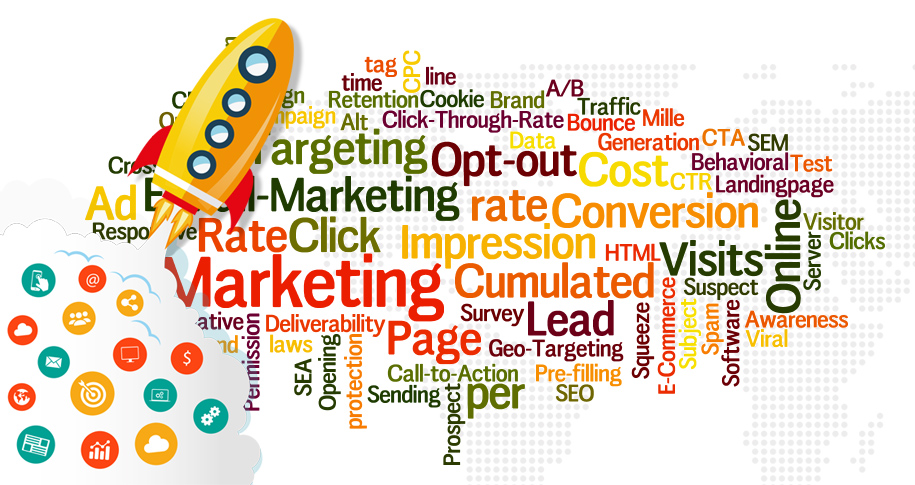What Is a Drip Campaign?
A drip campaign, also known as an automated email series or email nurturing campaign, is a sequence of pre-written emails sent to a specific audience over a defined period. These emails are triggered based on the recipient’s behavior, actions, or time intervals. Drip campaigns are commonly used in email marketing to nurture leads, build relationships with customers, and move them further along the sales funnel.
Why Is Drip Campaign Important?
- Nurtures Leads Automatically
Drip campaigns automate the process of nurturing leads by sending a series of targeted messages at predetermined intervals. This allows businesses to stay in touch with prospects without having to manually send each message. - Improves Customer Engagement
By sending relevant and timely messages to customers, businesses can increase engagement. Drip campaigns can be tailored to a customer’s behavior, interests, and stage in the buying journey, ensuring they receive content that’s most relevant to them. - Builds Relationships Over Time
Drip campaigns offer an opportunity to build stronger, long-term relationships with your audience. By consistently providing valuable information and insights, you can position your brand as a trusted authority in your field. - Increases Conversion Rates
Drip campaigns can significantly boost conversion rates by guiding prospects through the sales funnel with personalized content. Each email moves the recipient one step closer to taking a desired action, such as making a purchase or booking a demo. - Saves Time and Resources
Once set up, drip campaigns run automatically, saving time and resources for your marketing team. You don’t have to constantly monitor or manually send emails, allowing you to focus on other strategic aspects of your business.
How to Create an Effective Drip Campaign
- Define Your Goal
Start by determining the goal of your drip campaign. Are you trying to nurture leads, onboard new customers, or increase product usage? Having a clear objective will guide the content and structure of your emails. - Segment Your Audience
Segment your email list based on factors such as behavior, demographics, or past purchases. Tailoring the content to different groups will make your drip campaign more relevant and effective. - Craft Relevant Content
The content of your drip campaign should be valuable and engaging. Offer useful information, tips, or resources that align with the recipient’s needs and interests. - Set Up Triggers and Timing
Determine the triggers for your emails (e.g., when someone subscribes to your newsletter or abandons their shopping cart) and set the timing intervals. For example, you may want to send the first email immediately, the second email three days later, and the third email a week after that. - Test and Optimize
A/B testing is critical for optimizing your drip campaign. Test different subject lines, content, CTAs, and email designs to see what resonates best with your audience. Use analytics to measure open rates, click-through rates, and conversion rates to continually improve your campaign’s performance.
Challenges of Drip Campaigns
- Over-Saturation
Too many emails in a drip campaign can overwhelm recipients, leading to email fatigue or unsubscribes. It’s important to find the right balance of frequency and value in each email. - Inaccurate Targeting
If your audience segmentation is too broad, your drip campaign may not be as effective. Ensure that your emails are personalized to the right audience at the right stage of their journey. - Maintaining Relevance
As your business evolves, so should your drip campaigns. Regularly review and update your emails to ensure they stay relevant to your audience’s changing needs and preferences.
Conclusion
Drip campaigns are a powerful tool for nurturing leads, increasing engagement, and driving conversions. By automating the process of delivering valuable content, businesses can stay in touch with their audience without overloading them. A well-crafted drip campaign can build stronger relationships with customers and ultimately lead to higher sales and customer retention.
